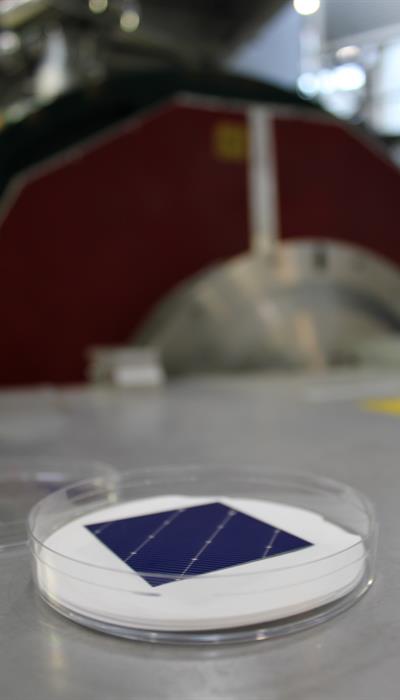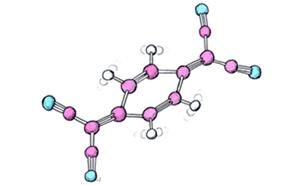 The UK government recently published its Science and Technology Framework: a policy paper that sets out the government's goals and vision for science and technology. Part of this framework included five technologies considered to be crucial to UK prosperity: artificial intelligence, engineering biology, future telecommunications, semiconductors, and quantum technologies. This article focusses on semiconductors and the research done at ISIS to understand and develop this technology.
The UK government recently published its Science and Technology Framework: a policy paper that sets out the government's goals and vision for science and technology. Part of this framework included five technologies considered to be crucial to UK prosperity: artificial intelligence, engineering biology, future telecommunications, semiconductors, and quantum technologies. This article focusses on semiconductors and the research done at ISIS to understand and develop this technology.
What is a semiconductor and what are they used for?
Semiconductors are, as the name suggests, materials that sit somewhere between conductors and insulators. They are found in a huge range of devices, from computers to solar panels. This is because electronic devices rely on being able to control the flow of electrons around the circuits inside them, and this control can be achieved by tuning the properties of semiconducting materials.
The electronic structure of a semiconductor consists of two electron bands: a full valence band and an empty conduction band, with a gap between them. When you add impurities to these materials, it leads to either an electron in the conduction band, or a hole being created in the valence band. Either of these scenarios lead to the material being able to conduct electricity. Therefore, changing the type or quantity of the impurity that is added can change the electronic structure and therefore drastically change the performance of the material. Being able to understand the effect of different impurities is key to being able to design new materials with the properties needed for a particular application.
Examples of semiconductor research at ISIS
Muons are very useful for investigating semiconducting materials, as they can act as a probe to look at the electronic structure deep in the material, not just at the surface. A recent example investigating silicon wafers used muon spectroscopy in combination with laser light to study the recombination of electrons and holes inside silicon, a commonly used semiconducting material in solar cells. The detailed study enabled them to not only observe the electron/hole recombination dynamics but also to validate the technique itself, which they will be able to use to study other systems.
Muons can also be used as a model for hydrogen, itself an impurity relevant to semiconducting materials. As hydrogen is so difficult to detect by many spectroscopic techniques, muons are able to provide an insight into the materials that cannot be gained elsewhere.
 As well as conventional semiconducting materials, ISIS scientists have also studied organic semiconductors such as TCNQ (left) and novel materials such as the first atomic‐scale double helical semiconductor, SnIP, which offers exceptional electronic properties. In both examples, inelastic neutron scattering (INS) experiments were done to fully understand the structure of these molecular semiconductors. Because INS does not have the same selection rules as optical spectroscopic techniques, some of the vibrational modes in these systems are only visible using neutrons.
As well as conventional semiconducting materials, ISIS scientists have also studied organic semiconductors such as TCNQ (left) and novel materials such as the first atomic‐scale double helical semiconductor, SnIP, which offers exceptional electronic properties. In both examples, inelastic neutron scattering (INS) experiments were done to fully understand the structure of these molecular semiconductors. Because INS does not have the same selection rules as optical spectroscopic techniques, some of the vibrational modes in these systems are only visible using neutrons.
Semiconducting materials, including organic semiconductors, have also been studied on ChipIr to investigate their resilience to cosmic radiation. This is particularly important for aviation applications, where electronic failures can have catastrophic impact. These experiments can only be done in large scale neutron facilities such as ISIS.
Having key information about semiconducting materials and the electronic gap between the two electron bands is crucial for many ISIS users. ISIS scientists have developed an artificial intelligence (AI) software, ChemDataExtractor, and used it to mine the scientific literature for materials and property information and collate it to auto-generate very large experimental materials databases for the scientific community. One of these databases includes data from over 125,000 journal articles on semiconducting materials and their properties. Having quick access to this large quantity of experimental data is hugely valuable for the ISIS user community.
Through neutron, muon and computing techniques, ISIS continues to support the research community in their endeavour to understand the semiconducting materials of today and develop those needed for the electronics of the future.
